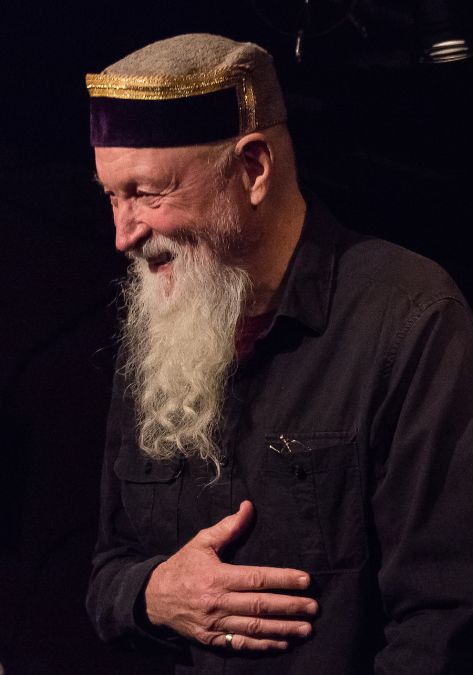The French collective Freddy Morezon celebrates the 20th anniversary of its founding with a performance of Terry Riley’s “In C”.
The French musical collective Freddy Morezon celebrates the twentieth anniversary of its formation in 2022. On this occasion, the àlúnisson(s) / musiques à Garonne festival invited them to take part in the current edition of the event held in the city of Toulouse, and the French pianist Christine Wodrascka (Aix-en-Provence, 1957), a member of the collective, decided to bring together fourteen musicians from the ensemble to perform In C, the emblematic piece by the American composer Terry Riley, which will be performed this Friday at 20:30 at the Garonne theatre in Toulouse.
Composed in 1964 and premiered on 4 November of the same year, in the auditorium of the San Francisco Tape Music Center, by an ensemble of fourteen instrumentalists who were friends of Riley’s, including Steve Reich, Jon Gibson, Pauline Oliveros, Ramon Sender, Morton Subotnick, Stuart Dempster and Stan Shaff, among others. It is no coincidence, then, that Wodrascka has decided that fourteen of Freddy Morezon’s musicians will perform the piece in Toulouse, the first recording of which, recorded in 1968, entered the catalogue of works preserved for posterity in the Library of Congress last April.
In C (because of the quaver note that marks the rhythm of the composition from beginning to end) is considered the work that brought the minimalist musical trend to commercial strength in American music, because it took the musical style out of the confined realm of the alternative art galleries and into the realm of rock music, since the academic musical establishment openly rejected it until almost the end of the 20th century.
The piece’s simple, single-page score consists of fifty-three independent musical modules, just short fragments of melody. Each of these modules can be repeated as many times as each performer wishes. When a performer, of his own free will, has had enough of one module, he moves on to the next and repeats the new one as many times as he wishes. All the musicians playing the piece (the score does not specify either the number of players or the instruments they play) move gradually, at their own discretion, from module 1 to 53. There is no way of predicting when an instrumentalist will move on to the next module, so each performance of the piece can be unique. There is only one constant and regular element: the rhythm, called the “pulse”, marked by an instrumentalist who does nothing more than mark two (the musical note). The work comes to an end when all the performers reach module 53. It goes without saying that some may have arrived earlier and others later. The work, in its Cagean indeterminacy and randomness, has something of a ritual about it and forces the performers to listen and respond to each other, in an almost improvisatory way, so that the way in which the repeated phrases overlap will be different in each performance. In fact, the length of the performance itself can range from twenty minutes (there is a version of this length on the first Piano Circus album –Reich: Six Pianos / Riley: In C–, when Max Richter was still part of the group) to several hours.
